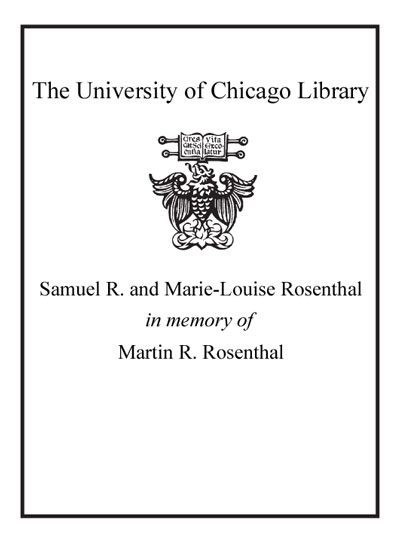| Summary: | "Apalachicola Valley Archaeology is a major holistic synthesis of the archaeological record and what is known or speculated about the ancient Apalachicola and lower Chattahoochee Valley region of northwest Florida, southeast Alabama, and southwest Georgia. Volume 1 coverage spans from the time of the first human settlement, around 14,000 years ago, to the Middle Woodland period, ending about AD 700. Author Nancy Marie White had devoted her career to this archaeologically neglected region, and she notes that it is environmentally and culturally different from better-known regions nearby. Early chapters relate the individual ecosystems and the types of typical and unusual material culture, including stone, ceramic, bone, shell, soils, and plants. Other chapters are devoted to the archaeological Paleoindian, Archaic, Woodland periods. Topics include migration/settlement, sites, artifacts and material culture, subsistence and lifeways, culture and society, economics, warfare, and rituals. White's prodigious work reveals that Paleoindian habitation was more extensive than once assumed. Archaic sites were widespread, and those societies persisted through the first global warming when the Ice Age ended. Besides new stone technologies, pottery appeared in the Late Archaic period. Extensive inland and coastal settlement is documented. Development of elaborate religious or ritual systems is suggested by Early Woodland times when the first burial mounds appear. Succeeding Middle Woodland societies expanded this mortuary ceremony in about forty mounds. In the Middle Woodland, the complex pottery of the concurrent Swift Creek and the early Weeden Island ceramic series as well as the imported exotic objects show an increased fascination with the ornate and unusual. Native American lifeways continued with gathering-fishing-hunting subsistence systems similar to those of their ancestors. The usefulness of the information to modern society to understand human impacts on environments and vice versa caps the volume"--
|
|---|

